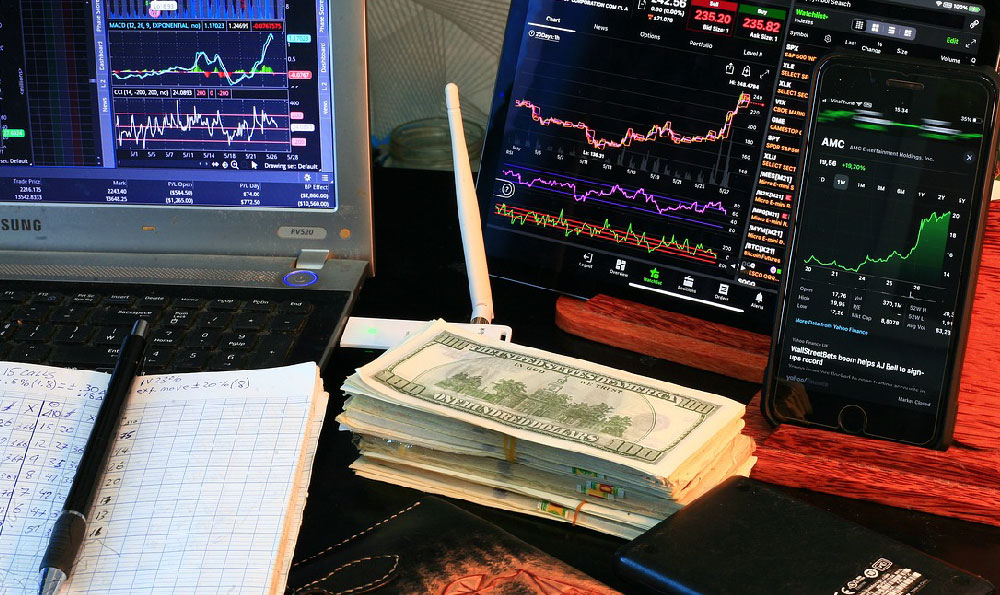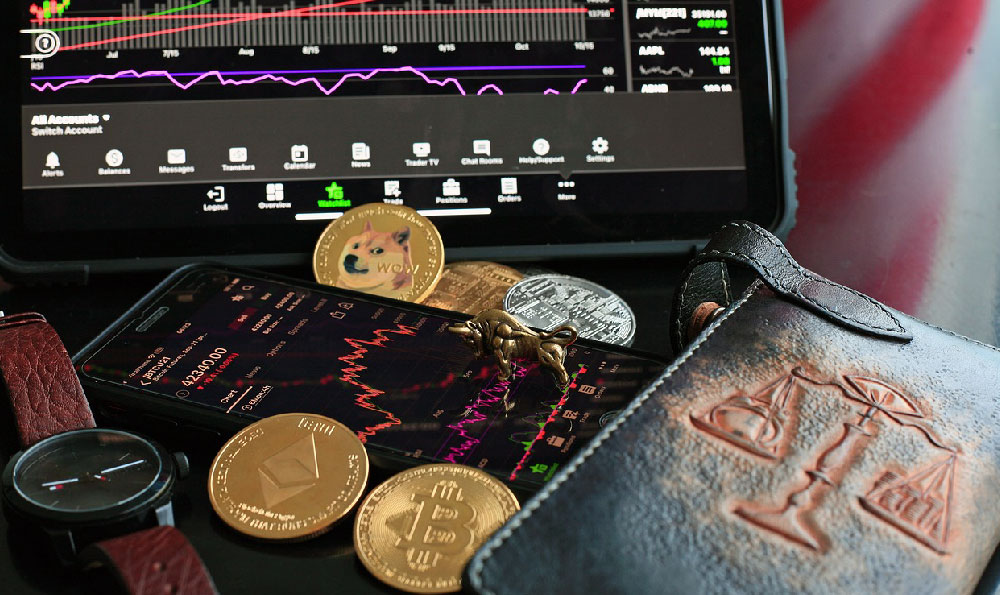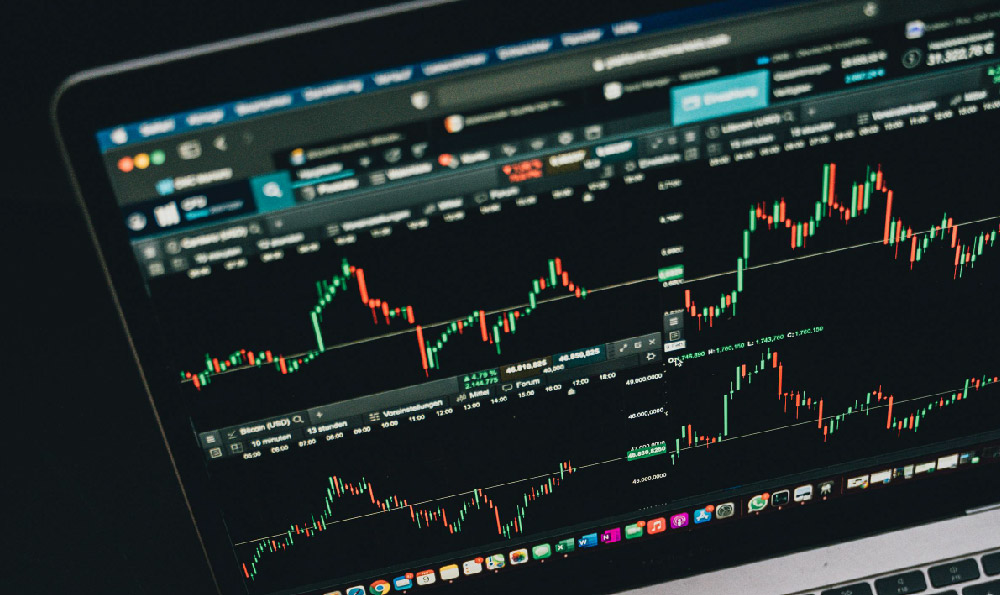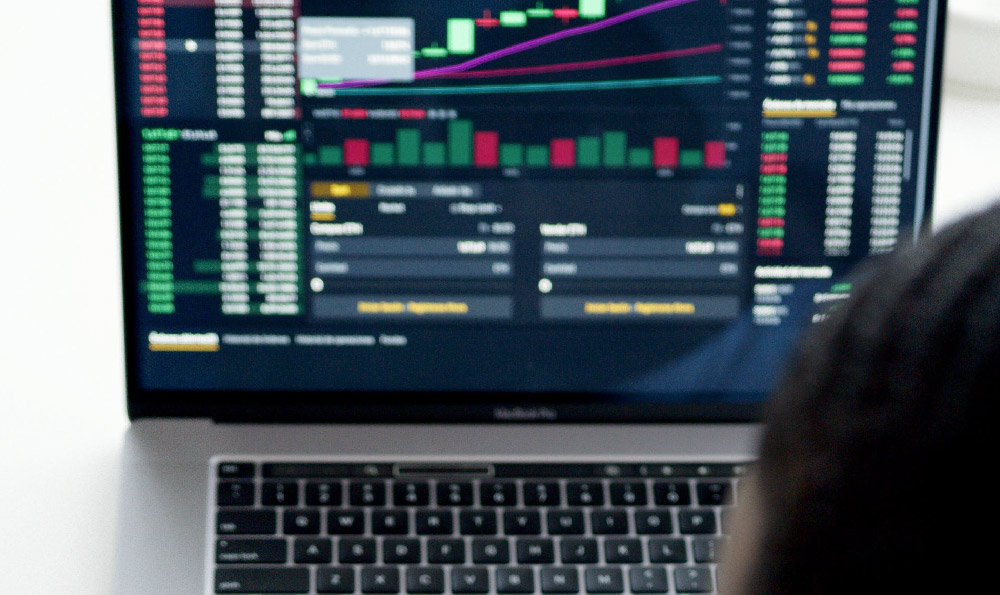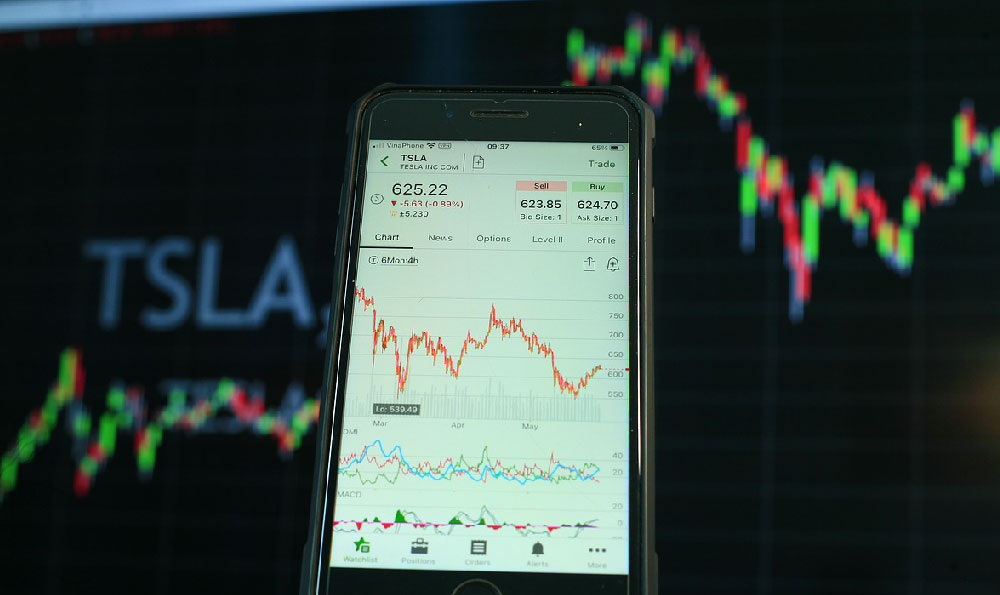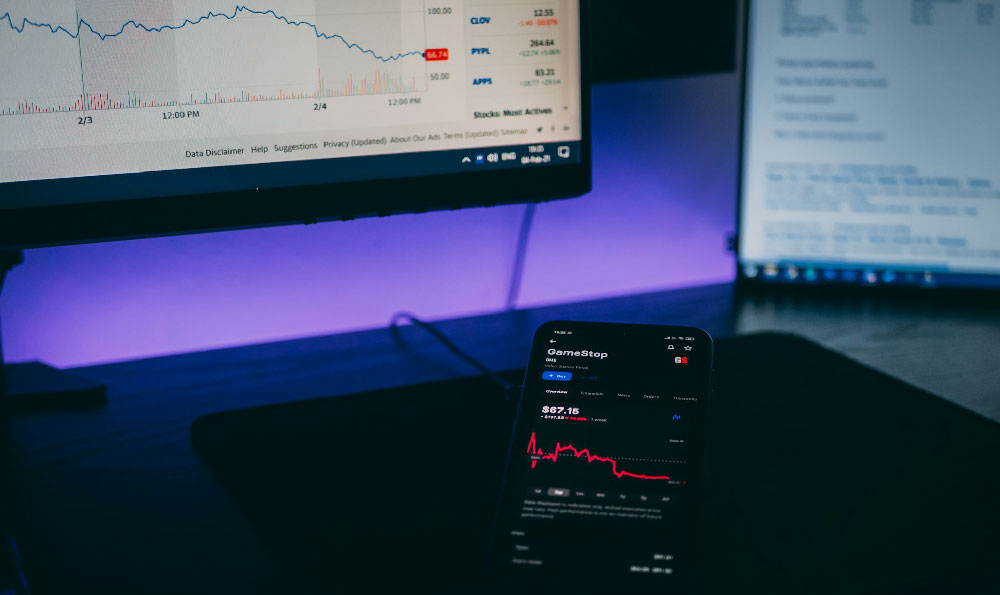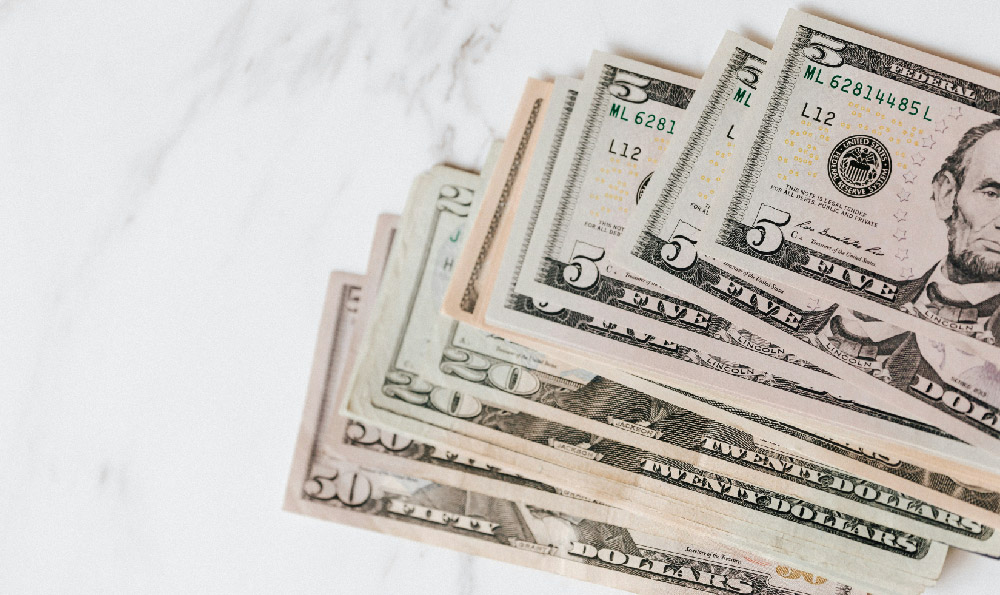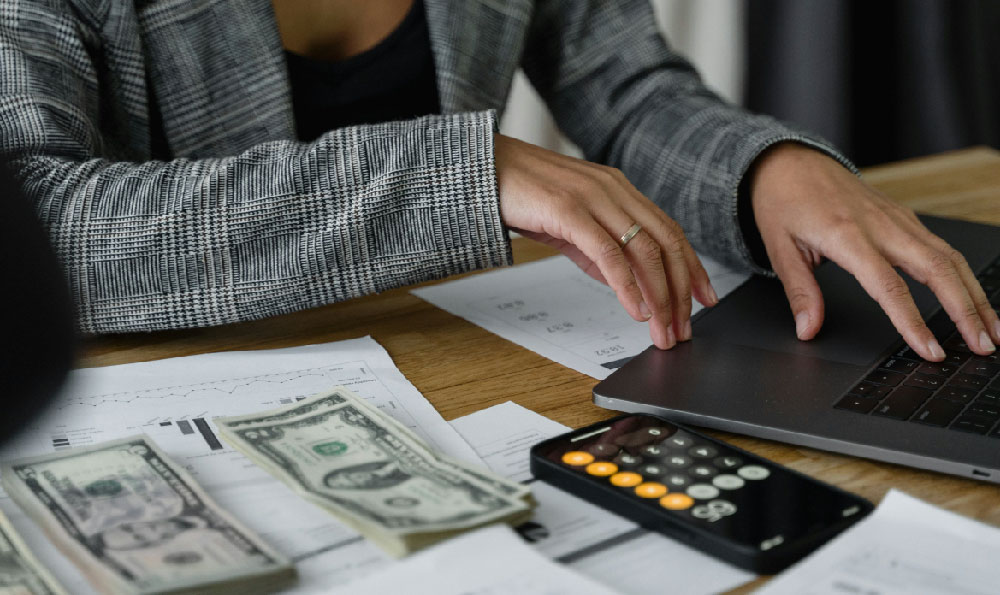Griselda Blanco, a name synonymous with ruthless ambition and unparalleled brutality in the history of drug trafficking, amassed a fortune that remains shrouded in legend and speculation. While precise figures are elusive and often inflated by sensationalized narratives, it’s widely accepted that Blanco’s wealth reached into the hundreds of millions, and some estimates even suggest surpassing a billion dollars at her peak. This estimation isn’t based on meticulous accounting, of course, but rather on extrapolations from the sheer volume of cocaine she moved through Miami and other distribution hubs during the 1970s and 80s.
To understand the scale of Blanco’s financial empire, one must consider the explosive growth of the cocaine trade during that era. Blanco, a pioneer in the industry, recognized early on the enormous profit potential in importing and distributing the drug. She wasn’t merely a dealer; she was a master strategist, orchestrating a complex network of smuggling routes, distribution cells, and enforcement squads. The Medellin Cartel, from whom she initially sourced her cocaine, paid her in product, allowing her to control the pricing and maximize her profits at the street level.
Her success stemmed from a potent combination of business acumen and unparalleled violence. Blanco wasn’t afraid to eliminate rivals, intimidate law enforcement, and generally operate outside the bounds of any moral or legal code. This ruthlessness, while reprehensible, was undeniably effective in consolidating her power and expanding her market share. She innovated methods of smuggling cocaine, from hiding it in lingerie to creating false-bottomed suitcases, consistently staying one step ahead of the authorities. The sheer volume of cocaine flowing through her organization generated immense wealth, much of which was laundered through various businesses and hidden in offshore accounts.
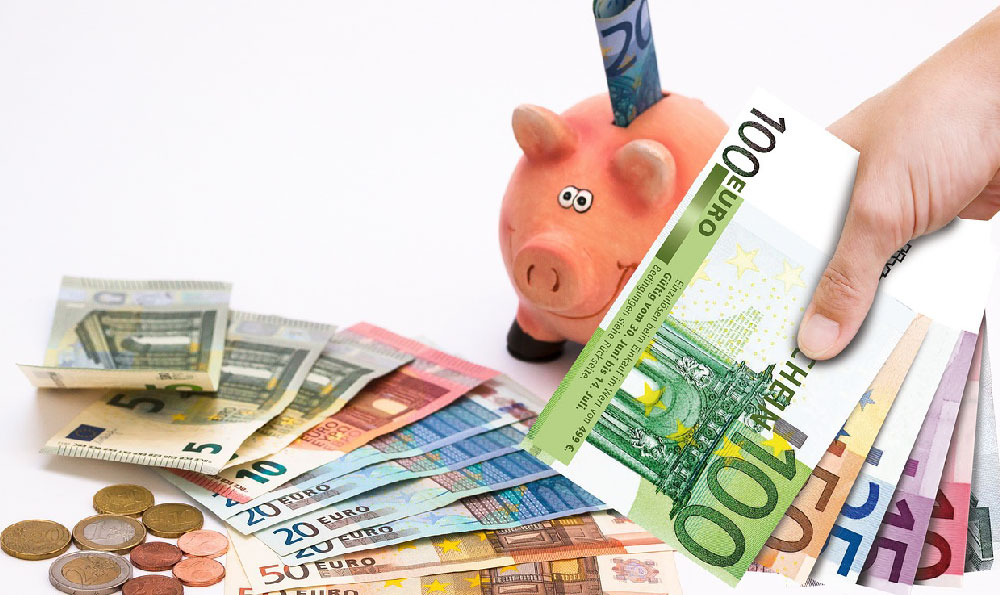
Determining the exact amount she made is further complicated by the nature of the drug trade itself. Transactions are rarely recorded, assets are often hidden, and income is constantly reinvested into the business. Law enforcement seizures only represent a fraction of the total wealth generated. Even after her eventual arrest and imprisonment, it’s likely that Blanco maintained control over significant assets through proxies and hidden accounts.
The question of why Blanco's earnings matter extends far beyond mere morbid curiosity. Her financial success, or rather the means by which it was achieved, serves as a chilling illustration of the corrupting power of unchecked wealth and the devastating consequences of the drug trade. It highlights the profound economic distortions caused by the illegal drug market, where vast fortunes are amassed at the expense of countless lives and communities.
Blanco's wealth also symbolizes the challenges faced by law enforcement and financial institutions in combating money laundering and asset forfeiture. Despite decades of efforts, tracing and seizing the assets of drug kingpins remains a complex and often frustrating task. The sheer volume of cash involved, combined with sophisticated laundering techniques, makes it difficult to effectively dismantle these criminal empires.
Furthermore, Blanco’s story serves as a cautionary tale about the allure of easy money and the dangers of unchecked ambition. Her pursuit of wealth led her down a path of violence and destruction, ultimately resulting in her own demise. It underscores the importance of ethical business practices and the need to resist the temptation of quick riches, especially when those riches are obtained through illicit means.
Beyond the purely economic considerations, Blanco's story has a broader social and cultural significance. It offers a glimpse into the brutal realities of the drug war, the complex power dynamics within criminal organizations, and the lasting impact of drug trafficking on communities around the world. While some may be drawn to the sensationalized portrayal of her life, it's crucial to remember the real-world consequences of her actions. The wealth she amassed came at the cost of countless lives lost to violence, addiction, and the corrosive effects of organized crime.
In conclusion, while the precise amount of money Griselda Blanco made remains a matter of conjecture, its magnitude is undeniable and indicative of the scale of her criminal enterprise. The reason this matters is multifaceted. It speaks to the economic distortions caused by the drug trade, the challenges of combating money laundering, and the devastating human cost of unchecked ambition. Understanding the magnitude of her wealth and the means by which it was acquired offers a valuable, albeit grim, lesson about the dangers of greed and the lasting consequences of a life fueled by violence and illicit gain. Her story serves as a potent reminder that true wealth lies not in material possessions but in ethical conduct and a commitment to the well-being of others.


